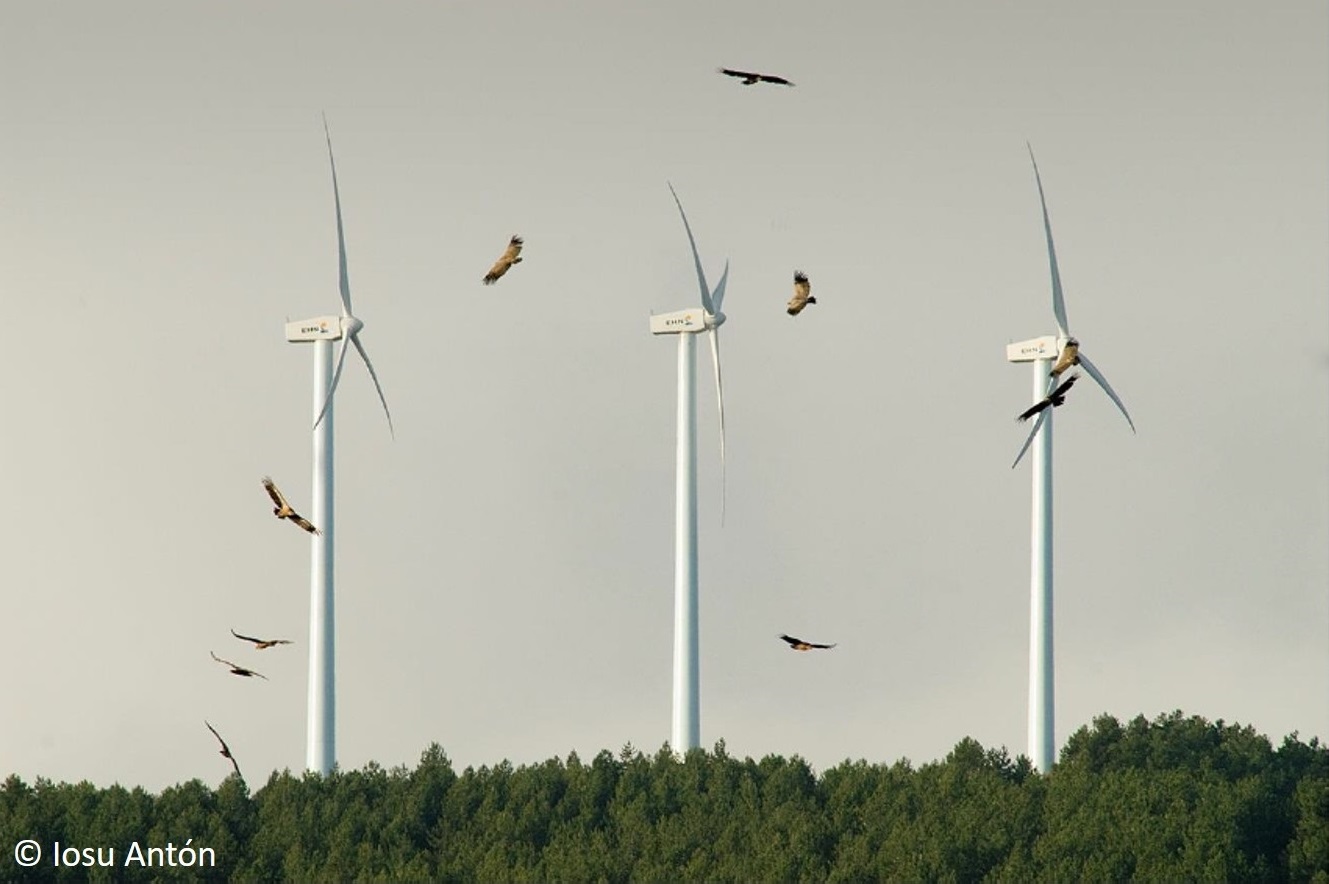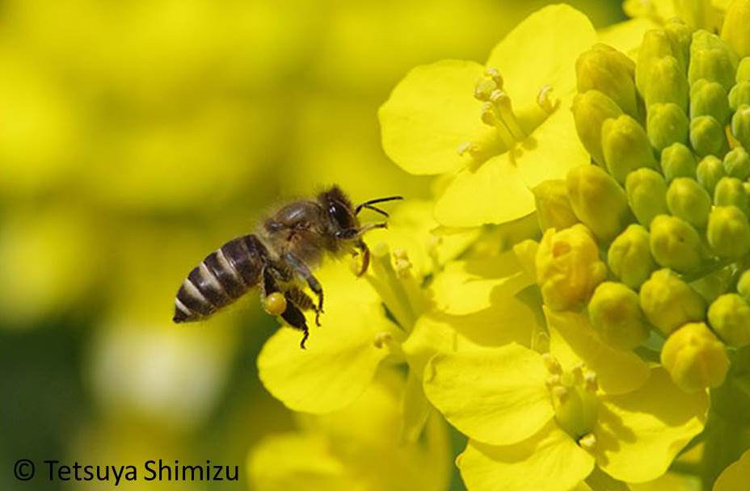Spanish researchers warn in a letter that the new projects for renewable enery plants in Spain will affect hundreds of thousands of hectares and that there is no way to offset the huge quantity of valuable habitats that could be lost. Reducing greenhouse gas emissions is a global priority. To meet this goal, the Spanish government is planning 89 GW of wind and solar photovoltaic energy in the draft of the National Integrated Energy and Climate Plan (PNIEC) for 2021–2030. Despite the Spanish government's efforts to prevent a speculative bubble in the secondary market, there are already grid access permits for projects representing 121 GW that will be added to the 36 GW of renewables already installed, almost doubling the goals of the PNIEC. The letter states that a more cautious approach should be adopted to prevent a scenario in which energy goals are met at the expense of biodiversity. Many renewables projects are planned in low-cost marginal soils of high ecological value, such as extensive cereal farmlands and wild mountain ranges harboring steppe birds and raptors that have in Spain their largest European or world populations. Photovoltaic energy needs huge amounts of land and will mostly affect declining species of steppe birds, which are poorly represented in the Spanish Natura 2000 network. Globally threatened large scavengers and other unique and scarce soaring birds are already paying a heavy toll due to the approximately 20,000 existing turbines, with demographic consequences for some threatened populations. Bat-killing figures are even higher, with a minimum of 200,000 deaths per year according to estimated mortality rates. Studies forecasting mortality have shown scarce predictive power, and when mortality hotspots are detected, conflictive turbines are virtually never stopped to reduce bat and bird casualties as recommended. As a large-scale approach, the best way to reduce impacts is by choosing adequate locations. However, updated field information necessary to achieve this goal is often not available, and projects are authorized in areas with under-protected species because their status within regional and state listings is frequently outdated. Studies designed to predict and monitor the incidence of renewable infrastructures are funded by energy companies, often with little supervision by governments, which precludes independence. The problem is exacerbated by the fragmentation of large projects, the absence of an in-depth assessment of cumulative and synergistic environmental impacts, and decentralized administrative authority divided among the central state, regions, and municipalities. The letter concludes that renewables are most welcome, but urges Spanish authorities to correct the metioned deficiencies and implement rigorous comprehensive planning based on the most updated ecological knowledge. Finally, scientists call for a stronger commitment to more distributed and energy-saving policies that would reduce direct environmental impacts on biodiversity, such as energy efficiency, self-consumption, and improved energy performance in buildings. informacion[at]ebd.csic.es: Serrano et al (2020) Renewables in Spain threaten biodiversity. Science 370(6522): 1282-1283. DOI 10.1126/science.abf650
https://science.sciencemag.org/content/370/6522/1282  Latest News
Latest News
Spanish scientists warn: Urgent need for planning of renewable energies to safeguard biodiversity
 Asset Publisher
Asset Publisher
Adaptation to high-altitude habitats in the Eastern honey
The Eastern honey bee Apis cerana is of central importance for agriculture in Asia. It has adapted to a wide variety of environmental conditions across its native range in southern and eastern Asia, which includes high?altitude regions. Eastern honey bees inhabiting mountains differ morphologically from neighboring lowland populations, and may also exhibit differences in physiology and behavior. The genomes of 60 Eastern honey bees collected from high and low altitudes in Yunnan and Gansu provinces, China, were compared to infer their evolutionary history and to identify candidate genes that may underlie adaptation to high altitude. Using a combination of F_ST?based statistics, long?range haplotype tests, and population branch statistics, several regions of the genome were identified that appear to have been under positive selection. These candidate regions were strongly enriched for coding sequences and had high haplotype homozygosity and increased divergence specifically in highland bee populations, suggesting they have been subjected to recent selection in high altitude habitats. Candidate loci in these genomic regions included genes related to reproduction and feeding behavior in honey bees. Functional investigation of these candidate loci is necessary to fully understand the mechanisms of adaptation to high?altitude habitats in the Eastern honey bee. The results of this research will be very useful to monitor the populations of Asian bees and establish conservation priorities. Pollination services provided by bees are essential for food production throughout the world, but Asian bee populations in China have been declining since the early 20th century due to changes in agricultural practices and the introduction of non-native bees. Therefore, it is important to understand how populations of this species adapt to different environmental conditions such as altitude, as this can help improve conservation efforts and management. informacion[at]ebd.csic.es: Montero-Mendieta et al (2018) The genomic basis of adaptation to high-altitude habitats in the Eastern honey bee (Apis cerana). Mol Ecol DOI 10.1111/mec.14986.
https://www.ncbi.nlm.nih.gov/pubmed/30576015

